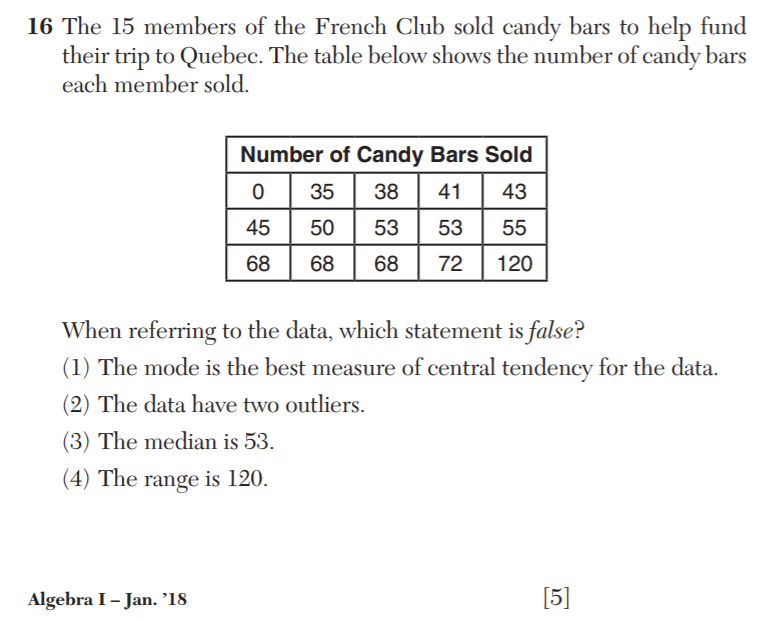

Fortunately, from now on, we're left with easy calculations only. In our case, the first quartile will be the sixth value in the ordered list (since among the first eleven, it has five numbers to the left and five to the right), and the third quartile will be the sixteenth (as above but for the last eleven entries). Note that since we have twenty-one entries, in each case, we'll take eleven of them with the middle one (the median) repeating in both sequences. Lastly, we need the quartiles, which, by definition, are medians of the smaller and larger half of the values for the first and third quartile, respectively. We have twenty-one values, so it will be the eleventh entry of the ordered list since it has ten (smaller) numbers to the left and ten (larger) to the right. The first two are the simplest - they're the first and last entry in the sorted list, i.e., Next, we'll need to find the minimum, maximum, median, and outliers.
#Outlier math calculator how to
Still, let's do a little of bench-pressing ourselves (or something alike, at least) and see how to find the outliers ourselves.įirst of all, we'll need to order our dataset. Also, the calculator lists all the outliers under the chart or shows a message if there are none. (Additionally, if you'd like, you can go to the advanced mode and choose " Yes, please." under " 5-number summary?" to have the five numbers listed under the variable fields.) However, what interests us most are the red and yellow dots that mark our entries - they are the boxplot outliers and non-outliers, respectively. In the picture, we can see lines that mark the five-number summary. Observe how the outlier calculator shows a chart already for two numbers, and the graph changes with every added number. Once we input the last one, we scroll down to the graph (a simplified version of the box-and-whiskers plot) with our data. Note how initially the calculator shows only eight fields, but new ones appear whenever you seem to reach the limit (in fact, you can enter up to thirty numbers). In it, we see variable fields where we input the entries one by one. But there must have been some worse ones in your textbooks, right?)įirst of all, let's see how easily and quickly the teachers would find the results if they used Omni's outlier calculator. (Fair enough, the scenario may sound a little far-fetched. Together they sit down at the small school desks to do some calculations and check for any outliers. Even better - they decide to analyze the data and, after dismissing class, approaches the math teacher for help. Quite a range, isn't it? The teacher seems satisfied with the results or, at least, with their idea for the lesson. One by one, you step in to have a go, and the teacher meticulously notes the weights. Nevertheless, everyone needs to try it out. Say that due to social distancing and all the restrictions, your gym teacher had a brilliant idea to make today's class a bench pressing "tournament." Some of the kids are excited, some are disappointed, and some look scared. This interval is often called the interquartile range and will become quite useful in the outlier formula.

For instance, we see that the middle half of the entries, i.e., those between the first and third quartile (given by the blue box), are fairly close to the maximum. With all these new definitions, we can read off quite some information from the picture above. However, if we have an even number, it is the mean of the two mid ones.) Lastly, the quartiles are the medians of the smallest (for the first quartile) and the largest (for third) half of the entries. (Note that if we have an odd number of entries, then the median is the one in the middle. The median is the mid-value in the dataset, i.e., what falls in the middle when we order the entries from smallest to largest. The maximum and minimum are, we hope, fairly straightforward - they're the largest and smallest values, respectively. In the picture, they are marked by the horizontal blue lines consecutively from top to bottom. Anyway, you can discover more about this concept by going to Omni's box plot calculator. Oh, don't laugh at mathematicians' imagination. If you work your imagination, the picture should resemble a box (that one makes sense) with a cat's whiskers (that one.


 0 kommentar(er)
0 kommentar(er)
